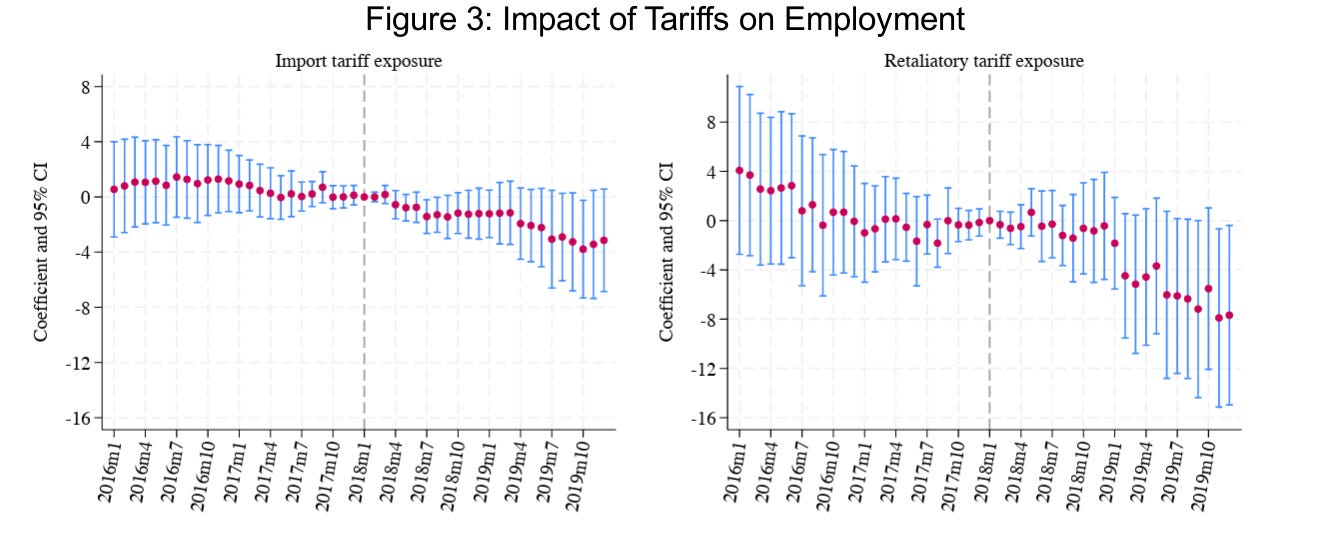Welcome to This Week in Social Science. This edition examines the economic and political consequences of tariffs, from the industrial boom of the 19th century to recent protectionist policies.
U.S. manufacturing boomed in the late 19th century in spite of tariffs, not because of them
With the U.S. currently proposing tariffs to re-shore manufacturing and stimulate economic growth, what can history teach us about their effectiveness? A new study analyzed the impacts of U.S. tariffs in the late 19th century—a period of rapid manufacturing growth—by exploiting exogenous variation in tariff rates. It found that tariffs shielded inefficient, high-cost domestic manufacturing firms from import competition, which led to a greater number of firms and workers in protected industries, but also reduced labor productivity and raised prices. There’s also suggestive evidence that tariffs were the consequence of manufacturing growth, not its cause: as firms gained power, they successfully lobbied the government to protect their industries. This and studies about more recent tariffs suggest that tariffs prop up inefficiency, rather than drive real growth.1
The 2018 U.S. tariffs did not boost employment, but did garner political support
Even if tariffs don’t help the economy as a whole, they might achieve explicit policy goals. A recent study examined the effects of the 2018 U.S. tariffs—designed to boost domestic employment—by comparing local-level employment and earnings data for regions more or less shielded by tariffs. Their analysis found that U.S. tariffs did not increase employment or earnings. By contrast, retaliatory tariffs against the U.S. reduced employment, though agricultural subsidies partly mitigated the negative impact. Despite failing to generate jobs, tariffs were a political success: Residents of regions protected by tariffs were more supportive of tariffs and more likely to reelect President Donald Trump in 2020, especially in areas previously impacted by Chinese import competition. This research shows how policies can achieve their political goals even while failing to achieve their policy and economic goals.2

TL;DR: Research suggests that tariffs are a poor tool for achieving economic goals, but citizens in areas protected by tariffs seem to appreciate the effort nonetheless.
Klein, A., & Meissner, C. M. (2024). Did Tariffs Make American Manufacturing Great? New Evidence from the Gilded Age (No. w33100). National Bureau of Economic Research.
Autor, D., Beck, A., Dorn, D., & Hanson, G. H. (2024). Help for the Heartland? The Employment and Electoral Effects of the Trump Tariffs in the United States (No. w32082). National Bureau of Economic Research.




Really interesting, thanks so much!